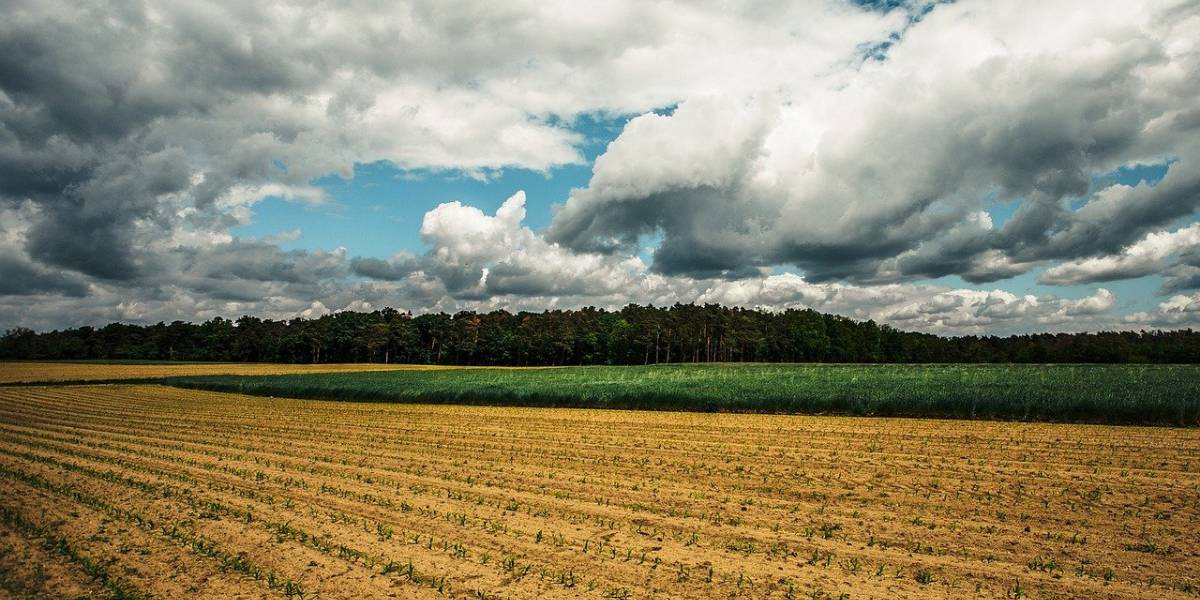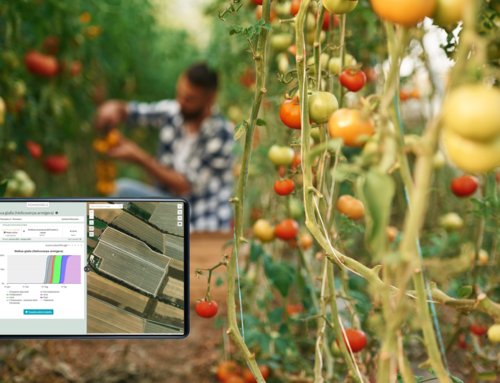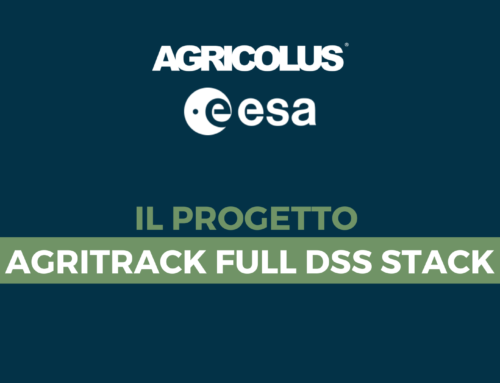Weather parameters determine many agronomic events: plant growth and development, the epidemiology of fungal diseases and the development stages of pests. We have to take in consideration also the potential destructive impact of climatic phenomena such as frost, hail, precipitation or radiation.
In order to understand and predict specific agronomic events, the measurement of the meteorological parameters involved is therefore essential.
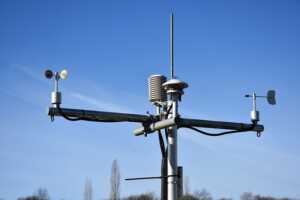
In addition to the use of weather forecasts, weather stations play a key role, and the digital tools have made possible an unprecedented centralization and exploitation of the microclimatic data collected.
Current data collection and storage technologies can be complemented by modern analysis techniques that allow, for example, the reconstruction of meteorological archives, the monitoring of parameter trends and the processing of forecast models for agriculture.
Integration of agro-meteorological stations in Agricolus
Agricolus allows to integrate physical and virtual agro-meteorological stations already present in the farm or, if necessary, to purchase them thanks to the collaboration with important partner companies in the sector.
The farmer can consult the data collected that can be used by the platform to build forecast models able to support the decisions that will be taken in the field.
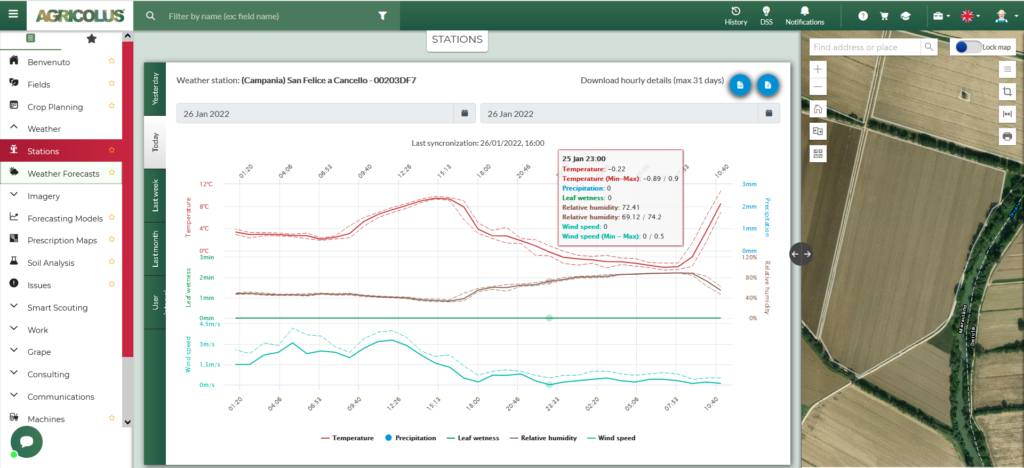
Weather stations allow the measurement of meteorological parameters through specific sensors:
temperature (thermometer)
air humidity (hygrometer);
wind speed and direction (anemometer);
rain intensity (rain gauge);
leaf humidity (leaf wetness sensor);
soil moisture (tensiometer or volumetric sensor).
Considering that Italian farms are highly fragmented, it is very important to assess the installation of the stations according to the crop, the geomorphologic conditions of the field and the workers’ habits (machinery can cut sensor’s wires).
In a hypothetical ideal situation, there should be an agro-meteorological station for the same crop every 5-10 hectares in the lowlands.
Advantages of weather data acquisition
The combination of current and historical weather data, acquired by the agro-meteorological stations, and the forecast data provided by Agricolus (up to 7 days and geolocalized for each field) is particularly valuable for farmers in order to carry out specific operations.
Here are some examples of how the collection of weather data can be useful:
• monitoring the trend and intensity of wind to assess whether a specific phytosanitary treatment should be carried out;
• detecting the amount of rainfall (mm) and soil moisture in order to decide when and how much to irrigate;
• monitoring parameters that determine the occurrence of plant diseases (fungal) in order to anticipate attacks;
• monitoring weather forecasts in order to act and minimize any damage to crops caused by floods, hailstorms and frost;
• developing forecast models for phenology, fertilization, irrigation and defense to provide important decisions support.

